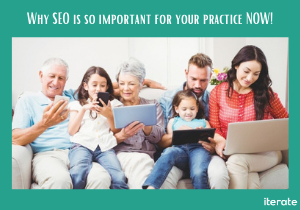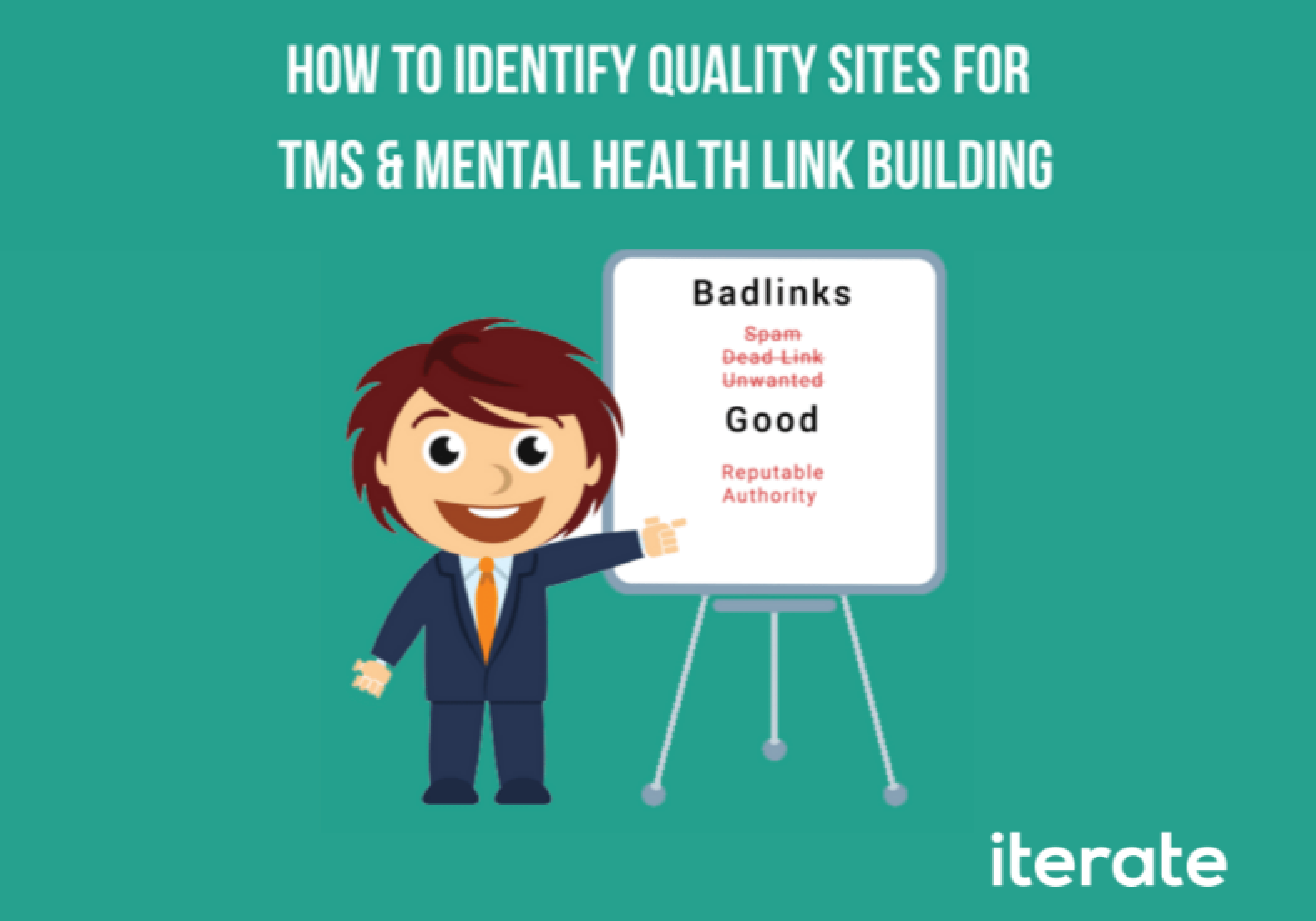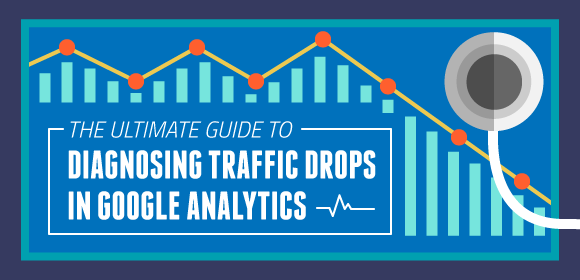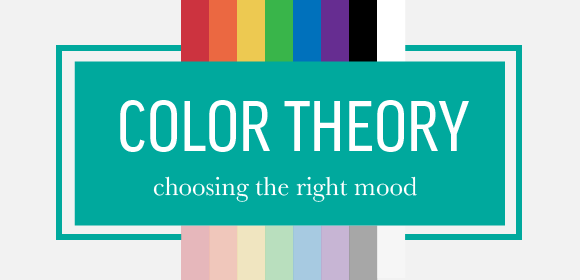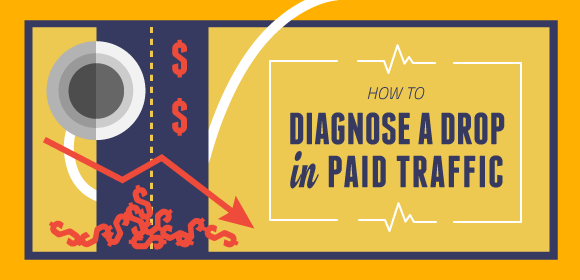Let’s face it: Email marketing isn’t the sexiest strategy in town.
Contacting potential customers via email simply lacks the glitz of video and social, the big data appeal of search engine advertising, and the scholarly draw of a detailed content strategy.
Every email you send, no matter how well it is designed, will only be seen and appreciated by a few people – and as better you target and personalize better, fewer people see your work. Email marketing can be unglamorous, tedious work far from the marketing spotlight.
So, why do we do it?
Because it works.
The numbers don’t lie – 77% of consumers report that they prefer to recive marketing communication via email, and email marketing generates nearly double the the return of other strategies. On average, every dollar you spend on email marketing will bring back over $40 in revenue!
Why does email work so well for reaching potential customers?
- It’s cheap: A dollar spent on email marketing goes a lot farther than pay-per-click.
- It’s direct: You are sending a message directly to an individual consumer, and placing it where they are mostly likely to see it.
- It’s personal: If you are doing things right, you can customize your message to a great degree, and make an offer tailored for the individual customer.
It goes without saying, for every business that uses email well, there are many, many more doing it poorly – and clogging up our inboxes as they do it.
Here are 5 simple tips to make email marketing work for you:
1) Come With The Right Intentions
A sound email marketing strategy is all about building a relationship with a prospective customer on a personal level. This isn’t a one-size-fits-all strategy, and it probably isn’t going to work if you blast out a message at 1 million email accounts to promote a single product or sale.
(M)ake sure the language of your emails comes across as professional but friendly. You want your customers to trust what you’re saying as well as generate a warm feeling toward your brand. The objective is to build a relationship with your customer and you won’t get this if your language is all about sales promotions and how great your company is. Focus instead on how your customer can benefit from buying from you.
2) Don’t Turn Them Off
There are few things that can make me hit unsubscribe faster than a sudden flood of email from a single company, blog, or writer. Email marketing has a bad rap for a good reason – it’s simply far too easy to sign on to the ‘More is Better’ strategy. After all, if one email a week brought in 100 sales, imagine what you could do if you sent 3 per day!
But don’t be hasty! Email marketing is still consent marketing, your list members have agreed to let you contact them. They can -and will- revoke that permission if you send too often, send messages that don’t fit their needs, or just plain annoy them with your copy and headlines.
Your goal should be to write headlines that grab attention without being annoying, and a ‘from’ name that is consistent – and a real person, not ‘Company Name” or, gods forbid, “DoNotReply.”
It is often said that people’s first impressions are made up within the first eight seconds of meeting them. The same can be said for email marketing (except of course you have less than two seconds to make that impression): the from name and subject line are the first interaction that someone will have with your email, so they need to grab the reader’s attention.
3) Make It Pretty And Engaging
Email marketing is all about content, so the format shouldn’t matter – people are used to reading plain old text emails, right?
Wrong!
The more you can delight and engage your email recipients with a beautiful design and fresh content, the more likely they will be to keep subscribing and perhaps buy from you in the future. Think about the mobile viewing experience – does your design only work on desktop? – and keep things short, 75 words or less. If you can’t make your pitch or request in that length, you need to rethink your strategy!
Your layout design can impact on readability—a reader is only going to give your email a limited amount of their valuable time, so structure the email accordingly. Consider using bullet points if you have lots to say. Images in email are an important part of its impact, but be careful with image size and load times, especially for mobile devices. A high ratio of images to text may trigger spam filters.
4) Give Them Something To Do
This is a simple piece that many marketers miss – Does this email have a purpose?
Every message you send should have a goal action, a CTA. Whether you want them to view a document on your website, sign up for a email course, or buy a product, you should lay this out as clearly as possible – and of course, you should give them a compelling reason to complete the action.
Marketing emails are far more effective if your readers can act on the content easily. This is so important we’re saying it twice—make your call to action compelling and obvious, so you’re readers have both the motivation to act and a clear avenue to do so.
5) Pay Attention
After every campaign, you should be gathering data on who responded and who didn’t – and then using this data to segment your lists even further, choosing the next step for each list based off how they responded to the last step. Segmenting your audience based on who they are is a good place to start, but with some hard work you can start to segment them based on how they behave.
This chart from Marketing Sherpa is a great resource for boosting engagement on email campaigns, and their top tips for improving campaign effectiveness are all about driving engagement by observing user behavior:
- Automatically send email based on triggers
- Segment email campaigns based on behaviors
The information gleaned by paying attention to a consumer’s digital behavior is her online body language. By tracking and interpreting online body language, you can determine where she is in her buying journey and what problems she might be trying to solve. You can even begin to figure out what interests her, what annoys her, and what persuades her.

